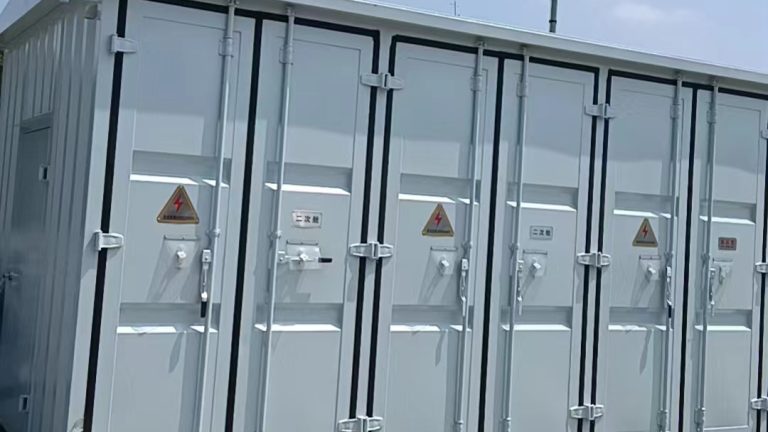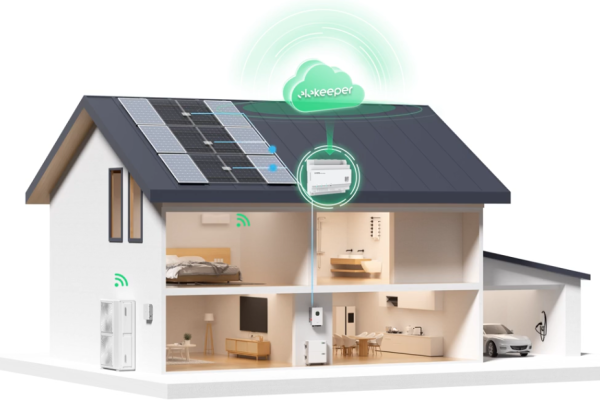First Impressions Matter
In international trade, your product brochure is often the first touchpoint between your company and a potential buyer. A well-prepared brochure can make the difference between being shortlisted for further discussions or being overlooked. To appeal to professional buyers, a brochure must combine clarity, technical depth, and trust-building elements.
1. Define the Audience and Purpose
Before drafting the brochure, identify:
- Target Audience: EPC contractors, distributors, or end-users.
- Main Purpose: Inform, compare, or persuade.
- Buyer Priorities: Certifications, ROI, performance data, warranty.
Exporter Tip: Align every section of the brochure with these buyer priorities.
2. Structure for Easy Navigation
A buyer-ready brochure should be simple to navigate:
- Cover Page: Product image + key capacity/feature tagline.
- Introduction: Short company credibility statement.
- Product Pages: Each product gets one page or spread.
- Comparison Tables: Highlight differences across models.
- Closing Section: Contact details, QR code, after-sales support info.
Result: Buyers can find key information quickly, without confusion.
3. Highlight Must-Have Content
Include the details that buyers always ask for:
- Technical Parameters: Capacity, voltage, cycle life, efficiency, temperature range.
- Certifications: CE, UL, UN38.3, IEC standards.
- Warranty Terms: Years of coverage and conditions.
- Applications: Home storage, C&I, microgrids, off-grid.
Key Point: Always match brochure data with quotation details for consistency.
4. Use Visuals to Strengthen Trust
- Product Photos: Professional images from multiple angles.
- Diagrams: Parameter visuals or system integration sketches.
- Icons: For certifications and features.
- Graphs: Show cycle life vs warranty, or ROI curves.
Exporter Advantage: Visual clarity reduces misunderstandings and builds confidence.
5. Balance Technical Depth with Simplicity
- Avoid Overload: Too much data can confuse buyers.
- Layered Information: Start with highlights, then provide detailed specs.
- Professional Formatting: Consistent fonts, corporate colors, and spacing.
Tip: Think like the buyer—what would they want to see within 5 minutes?
6. Add Trust-Building Elements
Beyond specs, add credibility:
- Case Studies or References: Examples of past deployments.
- Quality Standards: ISO certifications, factory audits.
- Service Commitment: After-sales and training availability.
A Brochure That Works as a Sales Tool
A buyer-ready product brochure is more than a catalog—it is a strategic sales tool. By combining clear structure, accurate data, professional visuals, and trust-building elements, exporters can transform brochures into powerful assets that open doors to negotiations. Done well, it ensures buyers remember your products for the right reasons.









